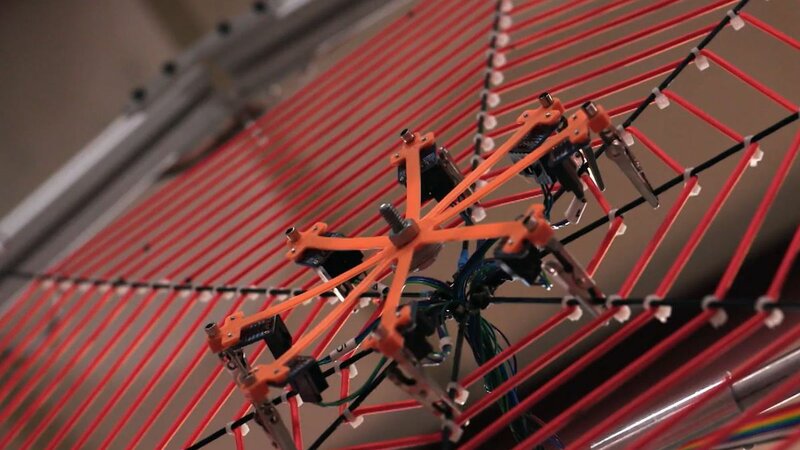Ross Hatton was one of those kids who was fascinated by the creatures from which the rest of us recoil. Think spiders and snakes. He lobbied his mom for permission to keep them as pets, and though she deflected the request, Hatton was not deterred.
“In graduate school, I was lucky enough to be able to join a lab working on snake robots,” explained Hatton, who is now a robotics and mechanical engineering professor at Oregon State University.
After translating the slithering, sliding ways snakes move into robots for more than a decade, Hatton became fascinated by how spiders use silk to swing, make safety lines and interpret vibrations in their webs.
“Spiders that weave webs often have very poor eyesight, and so they understand the world through the vibrations in their webs,” Hatton said. “And it’s a complicated problem. There are many strings vibrating. But I had some engineering tools that I could use as an entry point to start cracking this nut of how does the whole web vibration communicate information to the spider.”
To study this phenomenon, Hatton wound up building a device that recreated the kinds of vibrations spiders would feel in their web and converted them into musical notes. The resulting instrument looks just like a spider web but sounds like a harp.
Hatton’s SpiderHarp captures the essentials of how spiders use web vibrations to interpret worldly signals and pushes the idea from the realm of science to that of art.



 Science
Science Music
Music Oregon State University
Oregon State University Robots
Robots


